CPVC (Chlorinated Polyvinyl Chloride) tubes have gained widespread popularity due to their excellent resistance to heat, corrosion, and chemicals. They find use in various applications, including plumbing, industrial processes, and fire sprinkler systems. While CPVC tubes offer many advantages, their prices vary depending on several key factors. Understanding these factors helps consumers and businesses make informed decisions about their CPVC tube purchases.
Material Costs and Manufacturing
The cost of raw materials plays a significant role in determining the price of CPVC tubes. CPVC resin, the primary material used in manufacturing these tubes, undergoes a chlorination process to enhance its properties. This additional processing step raises the cost of CPVC compared to regular PVC. Fluctuations in the global market prices for chemicals and resins directly impact CPVC tube prices.
Manufacturers invest in advanced machinery and processes to produce high-quality CPVC tubes. The technology involved in extrusion, forming, and quality control affects the overall production costs. Efficient production techniques help reduce manufacturing expenses, leading to competitive pricing for consumers.
Size and Diameter
CPVC tubes come in a wide range of sizes and diameters, and these specifications significantly affect their prices. Larger tubes with a greater diameter require more material, increasing their cost. For example, a 1-inch CPVC tube costs more than a ½-inch tube due to the additional material required.
Additionally, thicker-walled CPVC tubes, designed for higher pressure ratings, cost more than standard tubes. Consumers need to consider their specific needs when selecting the right tube size, balancing price with performance requirements.
Length of CPVC Tubes
Another factor influencing the price of CPVC tubes is the length. Tubes typically come in standard lengths, such as 10 feet or 20 feet. Longer tubes reduce the need for joints and fittings, making them more convenient for certain applications. However, they often cost more due to the additional material required. In contrast, shorter lengths may seem cheaper initially but could require more fittings, increasing the overall project cost.
Brand and Quality
The brand of CPVC tubes can impact their price, as some manufacturers have established reputations for producing high-quality products. Well-known brands typically charge more for their CPVC tubes due to their consistent performance, durability, and quality assurance. These brands invest heavily in research, development, and testing to ensure their products meet industry standards.
On the other hand, less-known or generic brands may offer lower-priced CPVC tubes. However, the trade-off may come in the form of reduced quality or shorter lifespans. Consumers should weigh the potential risks of purchasing cheaper, lower-quality CPVC tubes against the long-term benefits of investing in premium brands.
Market Demand and Supply
Supply and demand dynamics in the CPVC tube market also play a crucial role in price fluctuations. When demand for CPVC tubes rises, particularly during construction booms or increased industrial activity, prices tend to increase. Conversely, when demand falls, prices may decrease, providing buyers with better deals.
Seasonal factors can also influence CPVC tube prices. For instance, construction projects often peak during warmer months, leading to higher demand for plumbing and piping materials. As a result, prices for CPVC tubes may rise during these periods, while the off-season may present opportunities for lower prices.
Geographic Location and Shipping Costs
Geographic location affects CPVC tube prices due to differences in production facilities, transportation, and shipping costs. Buyers located near manufacturing plants or distribution centers may benefit from lower prices due to reduced transportation costs. In contrast, those in remote areas or regions with limited suppliers may face higher prices due to increased shipping expenses.
Import tariffs and taxes also influence the price of CPVC tubes, especially for consumers in countries that rely on imports. Global supply chain disruptions, such as delays in shipping or shortages of raw materials, can lead to price increases in certain regions.
Installation and Labor Costs
While the focus is often on the material cost of CPVC tubes, installation and labor costs also contribute to the overall project expense. CPVC tubes require specific fittings, adhesives, and tools for proper installation. Hiring skilled labor ensures the system functions correctly and meets safety standards, but it adds to the total cost.
In some cases, cheaper tubes may require more frequent maintenance or replacements due to inferior quality, leading to higher long-term costs. On the other hand, investing in higher-quality CPVC tubes from the outset may reduce installation time and maintenance expenses, saving money in the long run.
Applications and Industry-Specific Factors
The specific application of CPVC tubes influences their price. Different industries have varying performance and durability requirements for piping systems, and these factors affect the cost of CPVC tubes. For example, CPVC tubes used in fire sprinkler systems must meet stringent safety and performance standards, leading to higher costs.
In plumbing systems, CPVC tubes offer excellent resistance to hot water, making them a preferred choice for residential and commercial hot water lines. These specialized applications may increase the price of CPVC tubes, especially when compared to standard cold water lines. Additionally, industrial applications, such as chemical processing, require CPVC tubes with enhanced resistance to aggressive chemicals, further increasing their price.
Environmental and Sustainability Considerations
As environmental concerns grow, many manufacturers have begun focusing on producing eco-friendly CPVC tubes. These tubes use sustainable production methods, reduce energy consumption, and minimize waste. While eco-friendly CPVC tubes may come at a slightly higher cost, they offer long-term benefits, such as reduced environmental impact and compliance with green building standards.
Consumers increasingly prioritize sustainability in their purchasing decisions, and the market responds by offering environmentally friendly options. For those committed to sustainable construction or industrial practices, paying a premium for eco-friendly CPVC tubes aligns with their values and long-term goals.
Cost Comparison: CPVC vs. Other Materials
When comparing the price of CPVC tubes to other materials, such as copper or steel, CPVC often proves to be more cost-effective. Copper pipes, for instance, cost significantly more than CPVC due to the high price of copper. While copper offers excellent durability and heat resistance, CPVC provides comparable performance at a fraction of the cost, making it a popular alternative for plumbing systems.
Steel pipes, while strong and durable, often come with higher material and installation costs. In contrast, CPVC tubes offer an affordable solution with easier installation and lower maintenance requirements. The lightweight nature of CPVC reduces labor costs, further enhancing its appeal in cost-sensitive projects.
Top 8 PVC Pipe Manufacturers
| Company | Establishment Date | Company Address |
| Ifan | 1993 | Zhuji, Zhejiang |
| JM Eagle | 1982 | Los Angeles, California, USA |
| Charlotte Pipe and Foundry | 1901 | Charlotte, North Carolina, USA |
| North American Pipe Corporation | 1992 | Houston, Texas, USA |
| Genova Products | 1962 | Davison, Michigan, USA |
| Ipex | 1947 | Oakville, Ontario, Canada |
| Astral Pipes | 1996 | Ahmedabad, Gujarat, India |
| Finolex Industries | 1956 | Pune, Maharashtra, India |
| Polypipe | 1980 | Doncaster, South Yorkshire, UK |
IFAN is a brand that offers products that meet a wide range of international standards, ensuring the quality and reliability of every product. CPVC product standard including:ASTM2846, DIN 8079/8080, ASTM F441/F441M SCH80, DIN, DIN, GB/T 18993 series standard, AS/NZS 1477, CSA B137.6, NSF/ANSI 14, TIS 17-2532/1131-2535. IFAN is committed to providing high quality products and excellent service!
Conclusion
The price of CPVC tubes depends on various factors, including raw material costs, size, brand, market demand, and geographic location. While cheaper options may seem appealing, investing in high-quality CPVC tubes from reputable brands often provides long-term benefits, including durability and reduced maintenance.
Consumers should consider the specific requirements of their project and the long-term cost implications when selecting CPVC tubes. Whether used in residential plumbing, industrial processes, or fire protection systems, CPVC tubes offer a cost-effective and reliable solution for many applications. By understanding the factors that influence CPVC tube prices, buyers can make informed decisions that balance budget considerations with performance and reliability.
Connect
IFAN is a Chinese manufacturer of plastic pipes, fittings and valves with 30 years of experience. If you are interest in IFAN copper fittings, copper valves, plastic pipes and fittings, please contact us. IFAN offers you a variety of standard pipes to meet your specific needs. Click below to learn more about IFAN’s wide range of affordable and cost-effective valve products and piping system related products.
We will reply your email or fax within 24 hours.
You can call us at any time if there is any question on our production.
For more information,pls visit our webside https://ifanpro.com/
Pls Mailto: [email protected]
Whatsapp: + 86 19857948982

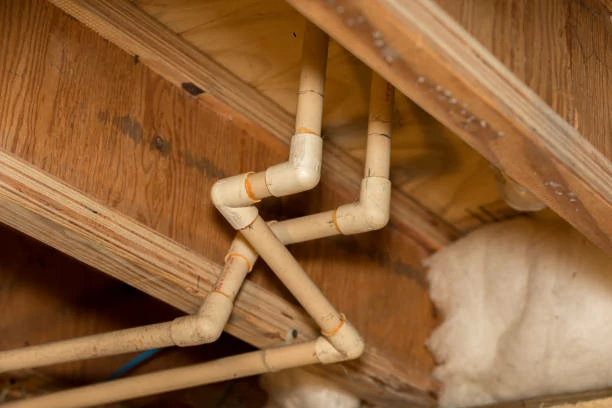


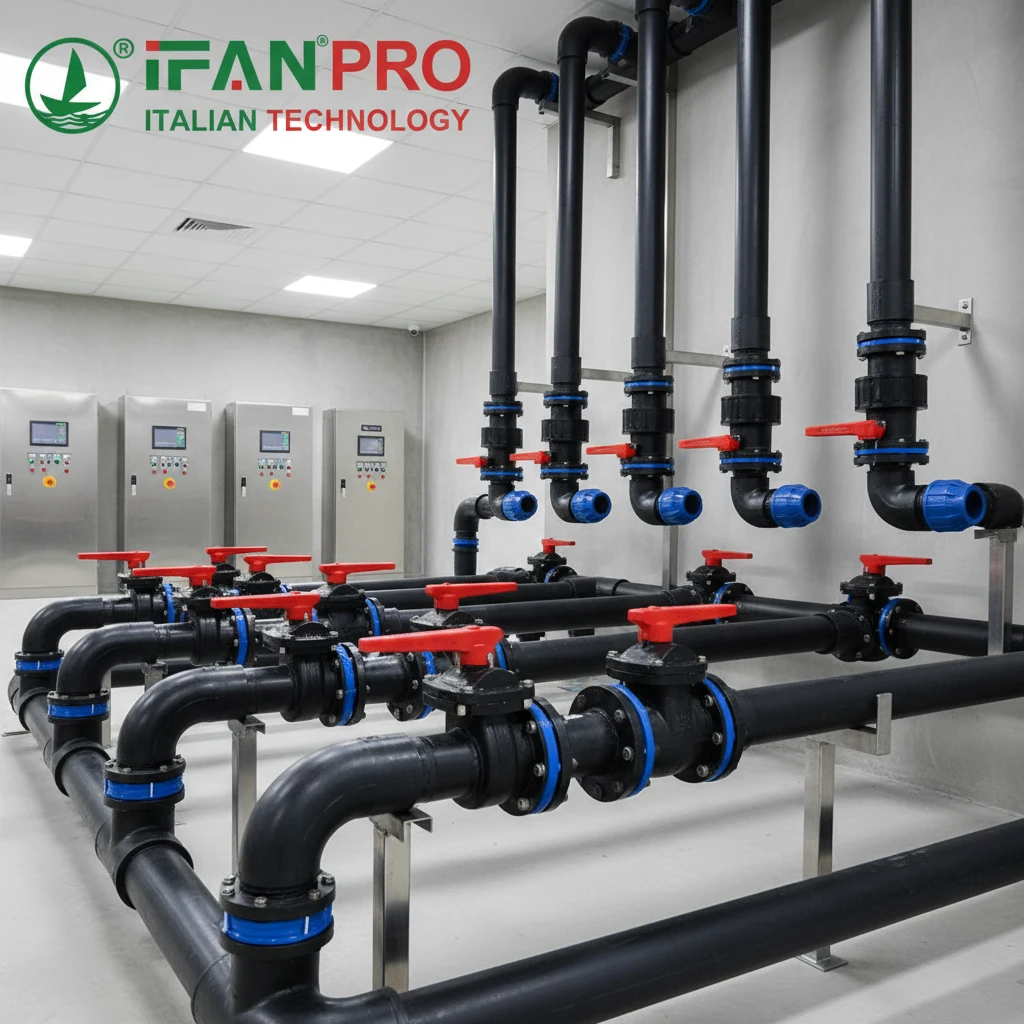
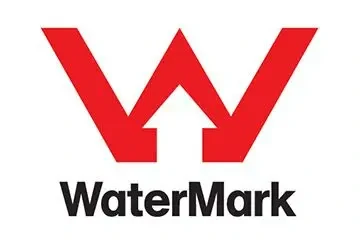
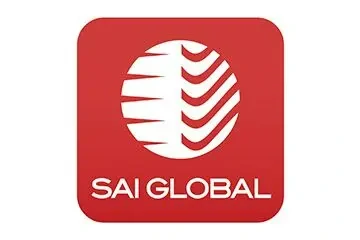
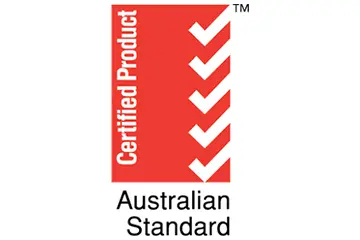
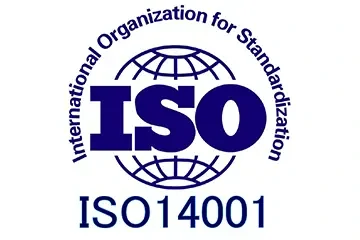



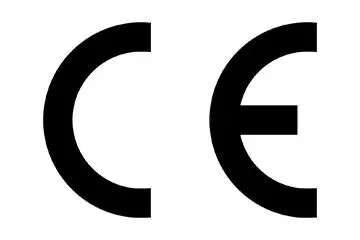
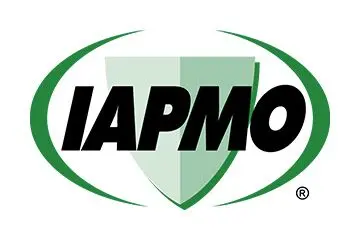
Recent Comments